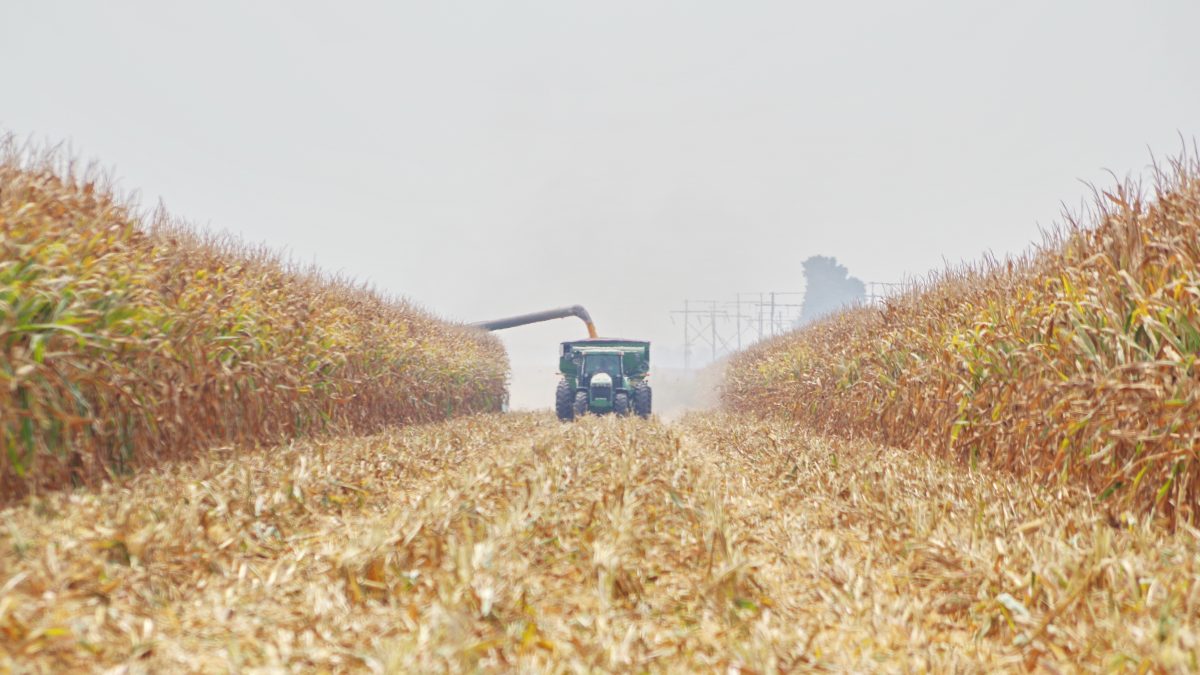Farm Bill Will Help Farmers and Ranchers Weather the Economic Storm
TOPICS
Farm BillGuest Author
Special Contributor to FB.org

photo credit: Arkansas Farm Bureau, used with permission.
Guest Author
Special Contributor to FB.org
By Andrew Walmsley
A storm is brewing in farm country in the form of a dragging agricultural economy, a shaky outlook for our export markets and a dire ag labor shortage. Farmers and ranchers are used to dealing with tough and unpredictable weather, but that doesn’t mean they don’t hope and pray for a break in the clouds. Finally, the sun came through earlier this summer with the House and Senate passage of their respective farm bills.
Of course, Congress can’t legislate agriculture out a fifth straight year of lower net farm income, put more much-needed workers in the fields or knock down ever-expanding trade barriers. But, through the farm bill, lawmakers can provide the certainty of farm programs that offer price and revenue protection, opportunities for conservation and federal crop insurance, which has become farmers’ most important risk management tool.
We can’t forget what a strong farming and ranching economy means to the entire U.S.
The farm bill also addresses key issues for rural communities, like access to health care, educational and business opportunities and high-speed internet. The measure paves the way for public-private partnerships to support cutting-edge research and gives a hand to beginning farmers and ranchers through funding for training and assistance.
It’s not only farmers, ranchers and rural communities who rely on the farm bill. The measure ensures critical food assistance for families and healthy foods for children and seniors in need. Failure to pass a new farm bill would put our nutritious and affordable food supply in jeopardy—a risk no one wants to take.
We can’t forget what a strong farming and ranching economy means to the entire U.S. The food and agriculture sector supports more than 21 million jobs in this country, contributing $992 billion to U.S. gross domestic product in 2015. We need people to grow the food, yes, but we need even more workers to get it from the farm and ranch to your table. Agriculture and its related industries are categorized as the single largest U.S. manufacturing sector, representing 11 percent of all U.S. jobs.
No piece of legislation is ever perfect, but the House and Senate’s respective farm bill efforts give us a solid framework for progress. Though we do have concerns about certain aspects of both bills, we’re confident that they will be satisfactorily addressed by the House-Senate conference committee. We look forward to working with conferees from both chambers to get the best possible farm bill done for rural America.
A lot of hard work and give-and-take have gone into moving the farm bill process forward, and there is more ahead. We are eager to get a final measure to the president’s desk before the Sept. 30 expiration of the current farm bill, and, this time, at least, it seems the forecast is favorable.
Andrew Walmsley is director of congressional relations at the American Farm Bureau Federation. This column was originally published in the August 2018 issue of Kentucky Farm Bureau News.
Trending Topics
VIEW ALL